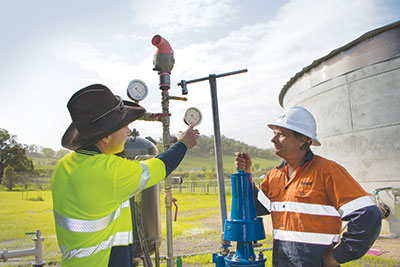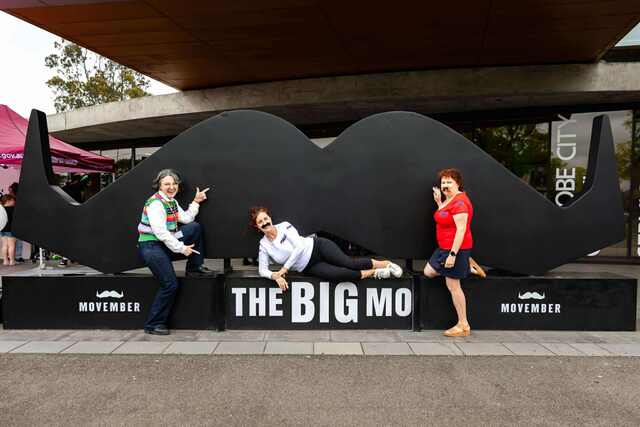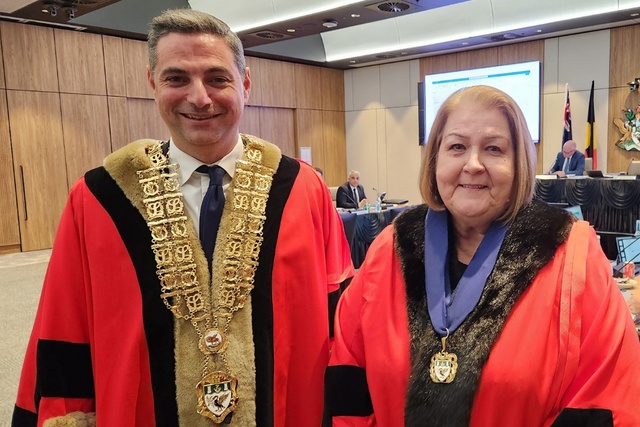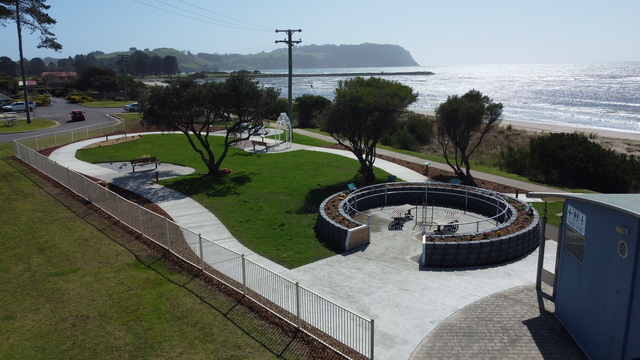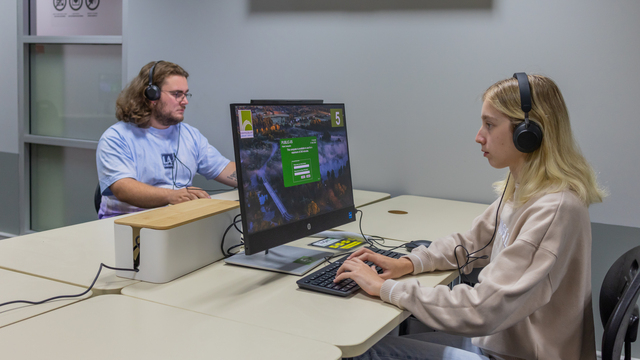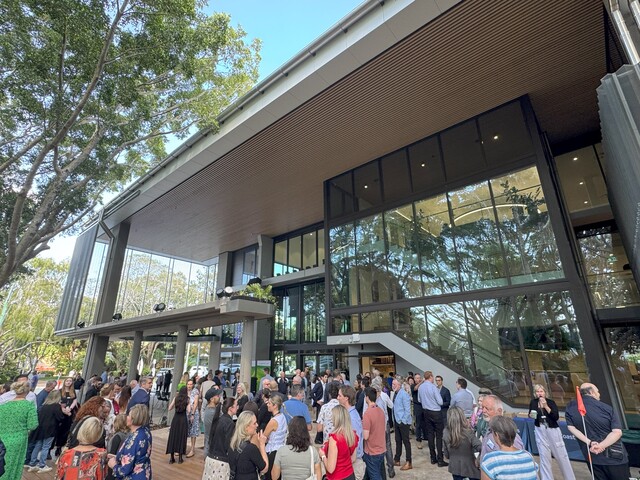For the people of Murrurundi, Upper Hunter Shire, the water at the end of the pipeline is just what they have been waiting for.
Funded by $15.6 million from the Restart New South Wales Water Security for Regions and Safe and Secure Water programs and $4.3 million from Upper Hunter Shire Council, the 40 km Scone to Murrurundi pipeline is entering the commissioning and testing phase, meaning water will be flowing to the residents by mid-2020.
Additionally, a new, larger reservoir for Murrurundi is being prepared for construction.
This comes as a welcome relief to residents who have been on water restrictions for nearly a third of the last 20 years and have lived under level 6 water restrictions since July 2018.
More recently, the town’s water supply has been supplemented by an emergency bore and by Council carting half the towns daily water supply from Scone to Murrurundi.
When completed, the pipeline and pump stations will be able to move two million litres of water a day and water restrictions will be reduced.
The pipeline design allows for future construction of drinking water reticulation and reservoirs for the nearby villages of Blandford, Parkville and Wingen.
Council is managing the entire project and will be responsible for ongoing operation and maintenance.
The contractor, Leed Engineering and Construction, delivered the pipeline project in record time, completing construction in March this year.
The project includes two 400kL balance tanks and three pump stations. The pipeline itself is entirely buried, between 600mm and 900mm below the ground surface, with access points to valves the only visible indicator of its location.
Delivering this project has required a unified, joint effort from Council, State Government departments, contractors, landowners and the community. The pipeline’s path runs along the New England Highway (Transport for NSW), rail corridor (Australian Rail Track Corporation) and through two dozen privately owned properties, where individual land access agreements, land purchases and easement agreements needed to be negotiated.
Upper Hunter Shire Council thanks all stakeholders, landholders and the community, without whose support, they would not have been able to provide this vital infrastructure that will serve the area for decades to come.

